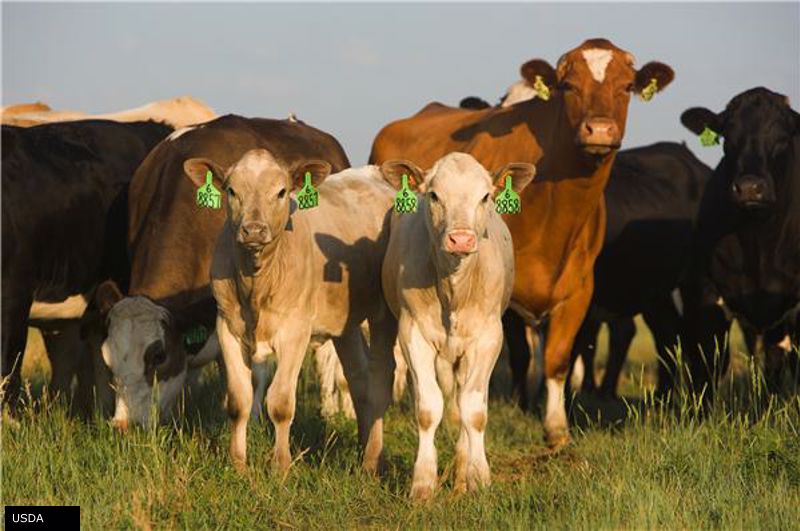
Until the cows come home: IoT in animal agriculture
By Perle SystemsFebruary 14, 2023
Most people are familiar with the internet of things (IoT) in a domestic or private context. Many of us know and love IoT devices such as smart home assistants, televisions, printers and even fridges. Technology enthusiasts understand how this is being implemented in industrial and commercial environments, and experts have even extended its applications to crop farming.
But, did you know it can be used in animal husbandry, too? Here's how IoT is being utilized in livestock production:
A brief introduction to smart farming
As IoT For All explains, IoT technology is often deployed in agriculture through sensors that monitor soil moisture, measure water usage (and wastage) and atmospheric temperature and humidity, to name but a few examples. The data these devices collect is then analyzed and the results are sent to farmers to alert them of changing environmental conditions.
Farmers can then pump more or less water into irrigation systems, set thermostats to different temperatures or adjust how much fertilizer they're applying. Some IoT technologies can even make these modifications themselves.
IoT isn't just for plants
The good news is that this technology isn't limited to crops. Raising livestock requires just as much attention to detail and care. Animals regularly have to be checked for any signs of illness that could indicate a potentially devastating disease outbreak or injuries that could render the animal unsuitable for consumption. This is a costly and time consuming exercise, but IoT has made it a lot simpler.
How so? Many people wear smart devices like Fitbit or Apple Watches to monitor their heart rate, calorie consumption and expenditure and even sleep patterns. Similarly, smart collars or ear tags (per IoT News) can be placed on animals to track their vital signs and location.

Such information is transmitted to connected devices that can notify farmers of any anomalies. Farmhands can immediately go to the potentially sick or hurt animal instead of checking every single one. These solutions can even track their eating habits so that farmhands can tend to heavily grazed areas.
According to Tech Target, this kind of technology and intelligence is invaluable, as veterinary care can often be exorbitant. And, because animals move around, pathogens can spread rapidly among herds or flocks which then need to be culled, resulting in devastating financial losses. Additionally, such information can be automatically sent to veterinary specialists who can remotely advise farmers on the best treatment, reducing the need for expensive vet visits.
This data can also be used to create digital twins — three-dimensional renderings of buildings or spaces — of farms that can allow farmers to utilize algorithms and artificial intelligence to see where they can make improvements.
One potential hiccup is farm locations' remoteness — you can't exactly set up a single Wi-Fi network that spans tens or even hundreds of square miles. But, issues like this can be circumvented thanks to the rapid proliferation of 5G networks that enable connected devices to relay data without a conventional internet connection via cellular towers and even satellite networks.
Partner with Perle to protect your animals
Perle Systems supplies a vast range of hardware and software to help you achieve your IoT goals. Whether you farm corn or cattle, we have everything you need to make smart agriculture a reality.



